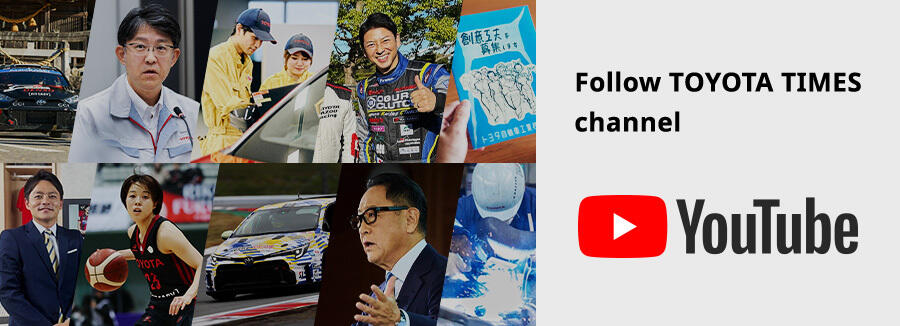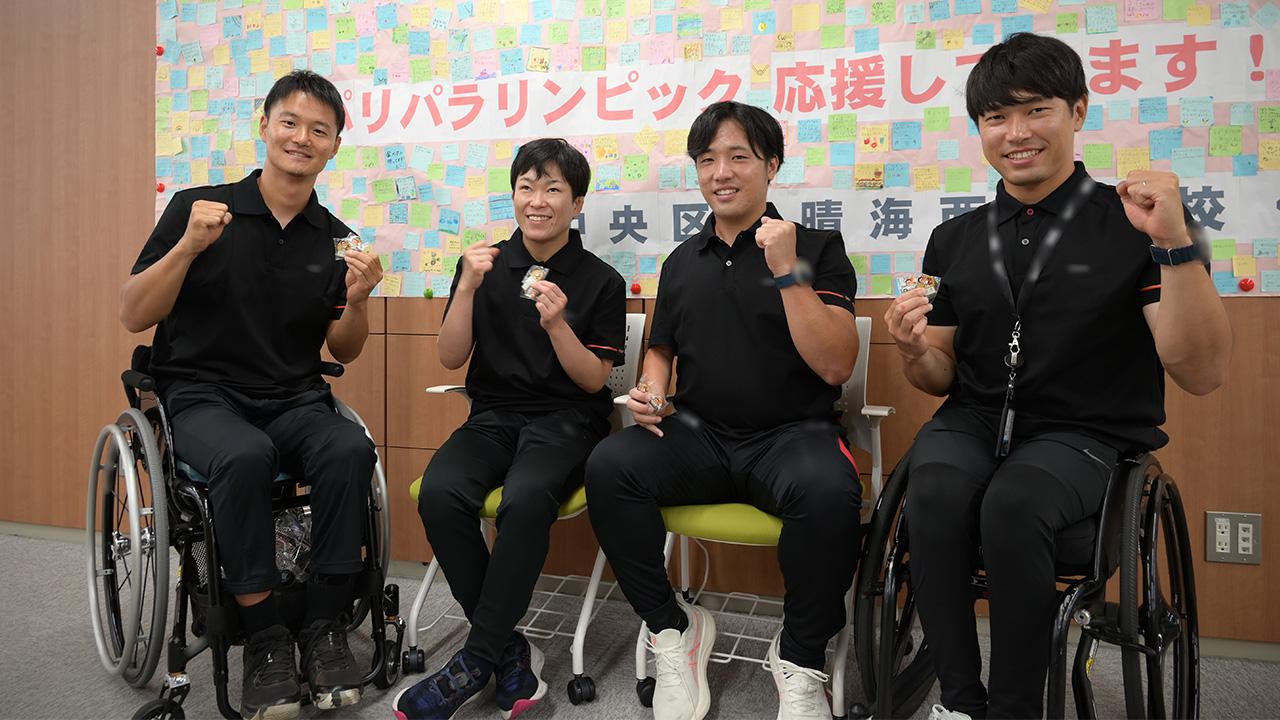
In 2021, Kyonosuke Morita found himself lost for words around para-athletes in Tokyo 2020 Paralympic Games. Having spent the past three years interviewing many as the host of Toyota Times Sports, he shares his thoughts in the leadup to Paris.

Three years on from the “Tokyo Summer”, the Olympic Games Paris 2024 have come to a close, and the Paralympic Games are set to begin on August 28.
Over those three years, Toyota athletes around the world have worked tirelessly in the hope of reaching this ultimate stage. As the host of Toyota Times Sports, I have followed their journeys and delved deeper into parasports. I want to take this opportunity to reflect on what I’ve learned.
What a difference three years make
Toyota Times Sports launched as Toyota Times Athletes Now on July 23, 2021, at the start of the Olympic and Paralympic Games Tokyo 2020.
With COVID measures meaning there were no spectators, no cheers from fans were able to reach the athletes who came to Tokyo from all over the world. Then President Toyoda sent a message to Global Team Toyota Athletes to go and win, like a father encouraging his children at a school Sports Day event. That was how Toyota Times broadcasting began. In the 17 days of competition, we broadcasted every single day to broaden support for the athletes across borders and competitions.
However, after the Olympics were over, I could not simply just say “All right, next the Paralympics!.” I wanted to cheer the Paralympians just the same as the Olympians, but I was at a loss trying to find out how a person without disabilities like me could properly support Paralympians with impairments and disabilities. What should I say? How do you cheer athletes in parasports events? To be honest, I had almost no past experiences with parasports and knew very little about it. I asked then-President Toyoda what to do.
He told me, “They are superhumans. They all have a unique story. Please, tell those stories.” He also told me to ask Sir Philip Craven for advice.
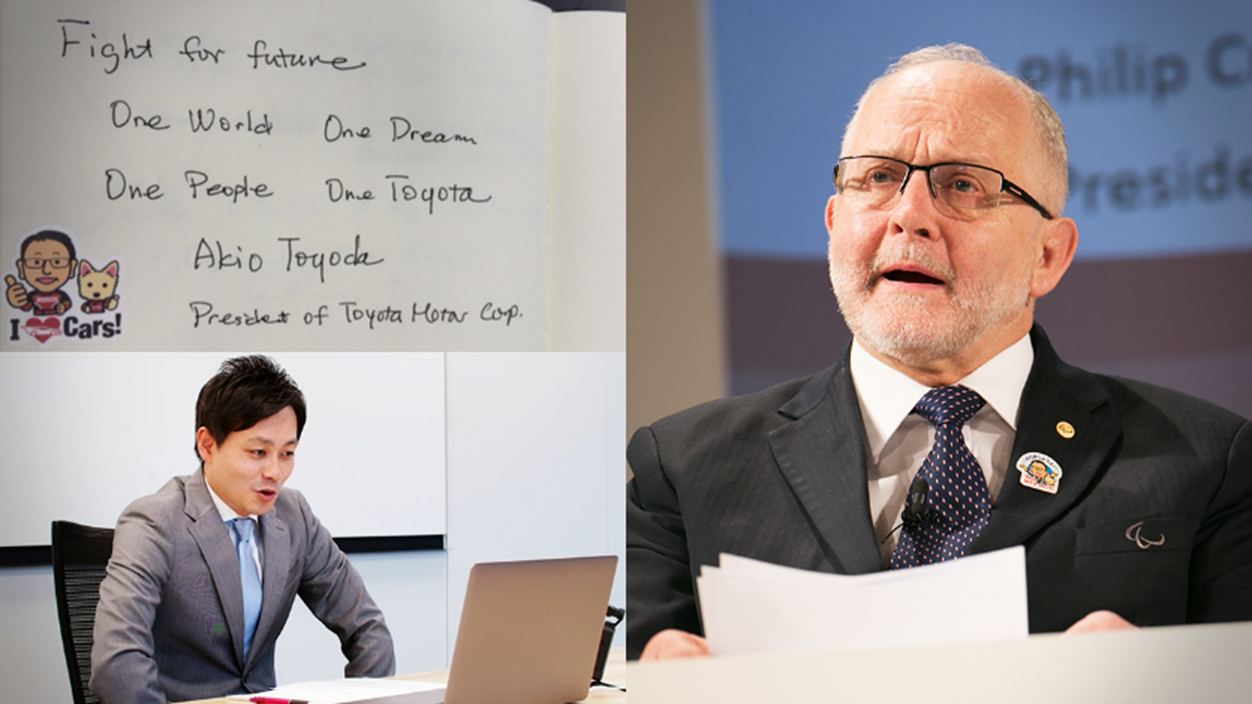
Craven is the former President of the International Paralympic Committee (IPC) and had joined the board of Toyota Motor Corp. by invitation from then-President Toyoda after retiring from the IPC. He is a former Wheelchair basketball Team GB Paralympian. I asked him what I could expect at the Paralympics.
His answer was simple. “The pure sports. I don’t think you get better sports than you could ever see at the Paralympic Games.”
He told me that I would be awestruck by seeing a person with prosthetics run the 100 meters in under 11 seconds. One of the most rewarding part of watching sports is when you see athletes perform feats beyond your imagination. That is particularly true at the Paralympics. I was still not sure what was meant by “purest form”, though, and Craven told me this after the interview.
Craven:
Paralympians, first of all, are amazing human beings, and they also happen to be great athletes. Paralympians have started their impossible many times during their lives. Onward together with the Paralympians and with Toyota.
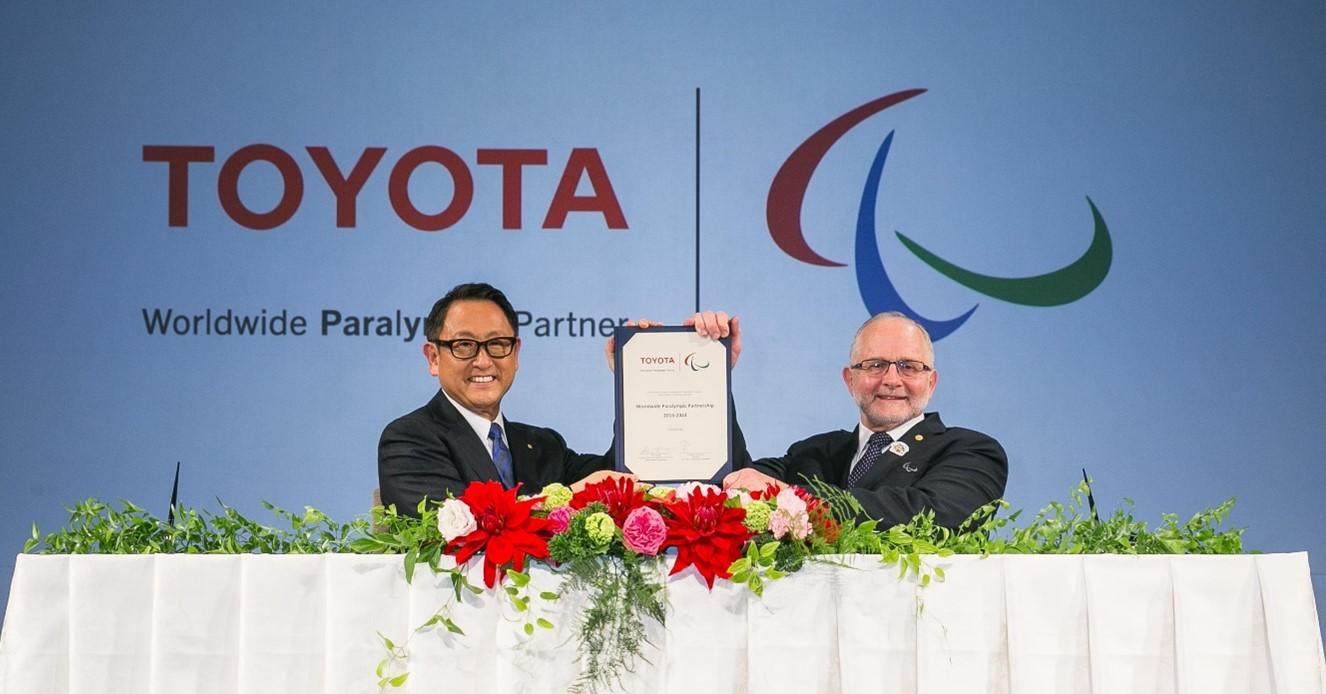
Persistence
The attractive part of parasports is probably this attitude of always going onward, something that all athletes share, and which is what Craven explained as “pure.” I decided that I would enjoy each story of these superhumans who were making the impossible possible.
4 people who taught me what parasports is all about
The two people I asked for guidance each gave me some other pieces of advice.
The first is that parasports are always evolving by pursuing the basic pillar of sports, to compete on a fair ground.” Not “equal” but “fair.” As impairments vary and no two disabilities are the same, how we compete on a fair playing ground is key. The wheelchair basketball that Craven has such strong ties with uses a point system that decides which 5 players can be on the court at once based on the total points of the weighted impairments. Players with more severe impairments have lower points, while players with less limitation have higher points. As you need to keep the total points below 14, players with different levels of physical activity will be playing on the same court. In this way, everyone is allowed to compete together while respecting the differences between all.
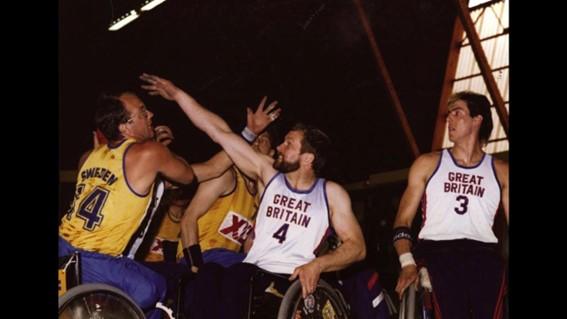
The other point is that parasports is a competition where humans and equipment interplay to compete together.
Then President Toyoda told me this is one reason why Toyota needs to support parasports. For athletes with prosthetics or wheelchairs, the capabilities of the equipment may have a decisive impact on their competition, which is why a manufacturing company can play such a big role. The field has many commonalities with motorsports in the form of competition using equipment, in this case, cars. It is not just the athletes but also everyone involved in their equipment that adds to the story. The highlight of sports is how one does their best with support from all of their peers to aim for victory. It is not just about the athlete who is on the field.
Of course, this does not mean I have grasped all aspects of the field.
When the Tokyo 2020 Paralympics started, many Paralympians supported me in broadcasting the Toyota Times Athlete Now show. Keita Sato and Hajimu Ashida are Paralympians who won Bronze medals at 4 x 100 meters relay in Rio 2016. Even though both still struggled with the fact that they did not qualify for Tokyo 2020, they helped me as athlete/anchors by introducing different sports while cheering for the Toyota athletes.
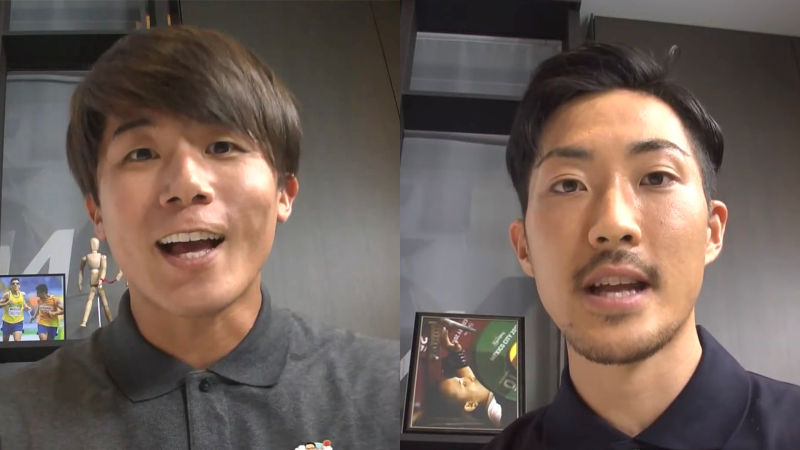
Ashida explained his sport of the long jump and how an athlete with both legs in prosthetics can beat an athlete with only one leg in prosthetics to win a gold medal, and how difficult it is in terms of technique to accomplish such a feat. He also told us that “Impairments are not your personality, but how you treat it as a personal trait is important. The important thing is you need to experience what you cannot do because of your impairment, but then figure out how or what you need to do to make it possible.” He told me how to face impairments and how it is faced during a sports competition.
Sato told me the importance of equipment for para-athletes and how just the way you tighten a screw on your prosthetics can change how fast you can run. He told me of a time when a motorsports team member was involved in making a hand-cycle for a European Paralympian and how important it was to communicate in full transparency, as well as how heading for competition with a sense of satisfaction leads to positive results.
In the 2 weeks of the Tokyo 2020 Paralympics Games, they taught me how to enjoy parasports. I became more and more curious and wanted to see the action on-site. Let me introduce to you some of the parasports stories I was able to come across in the last 3 years.

